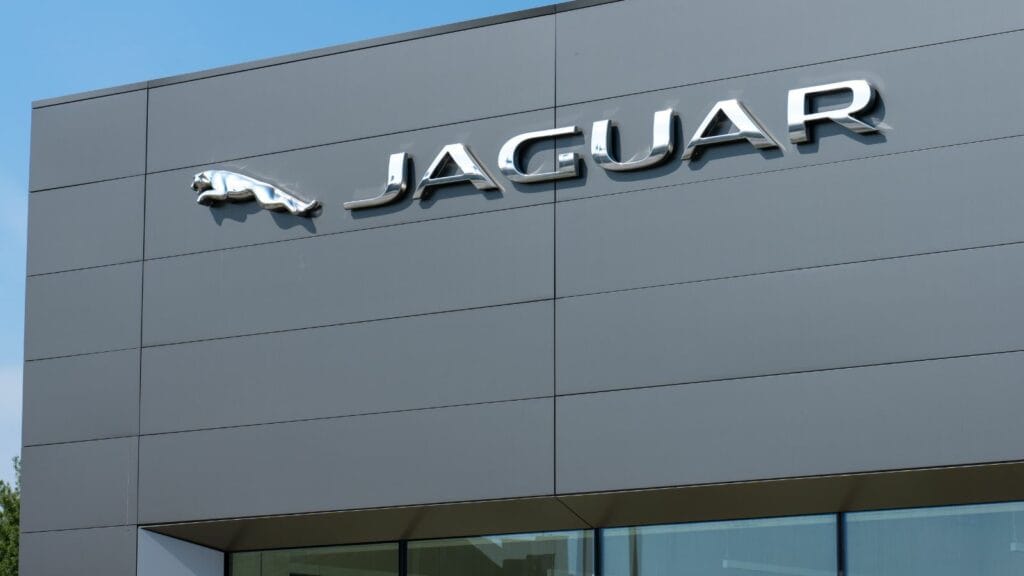The global auto industry is in the middle of its biggest transformation since Henry Ford introduced mass production. The internal combustion engine that defined cars for over a century is giving way to electric drivetrains, and the pace of change is faster than many expected. Governments are setting deadlines to phase out gas engines, investors are demanding EV roadmaps, and consumers are warming to electric options thanks to lower running costs and new models that are more appealing than ever. Some automakers have responded quickly, pouring billions into battery plants and technology, but others are falling dangerously behind. For these brands, the EV revolution is not just a challenge but a potential threat to their very survival.
Chrysler
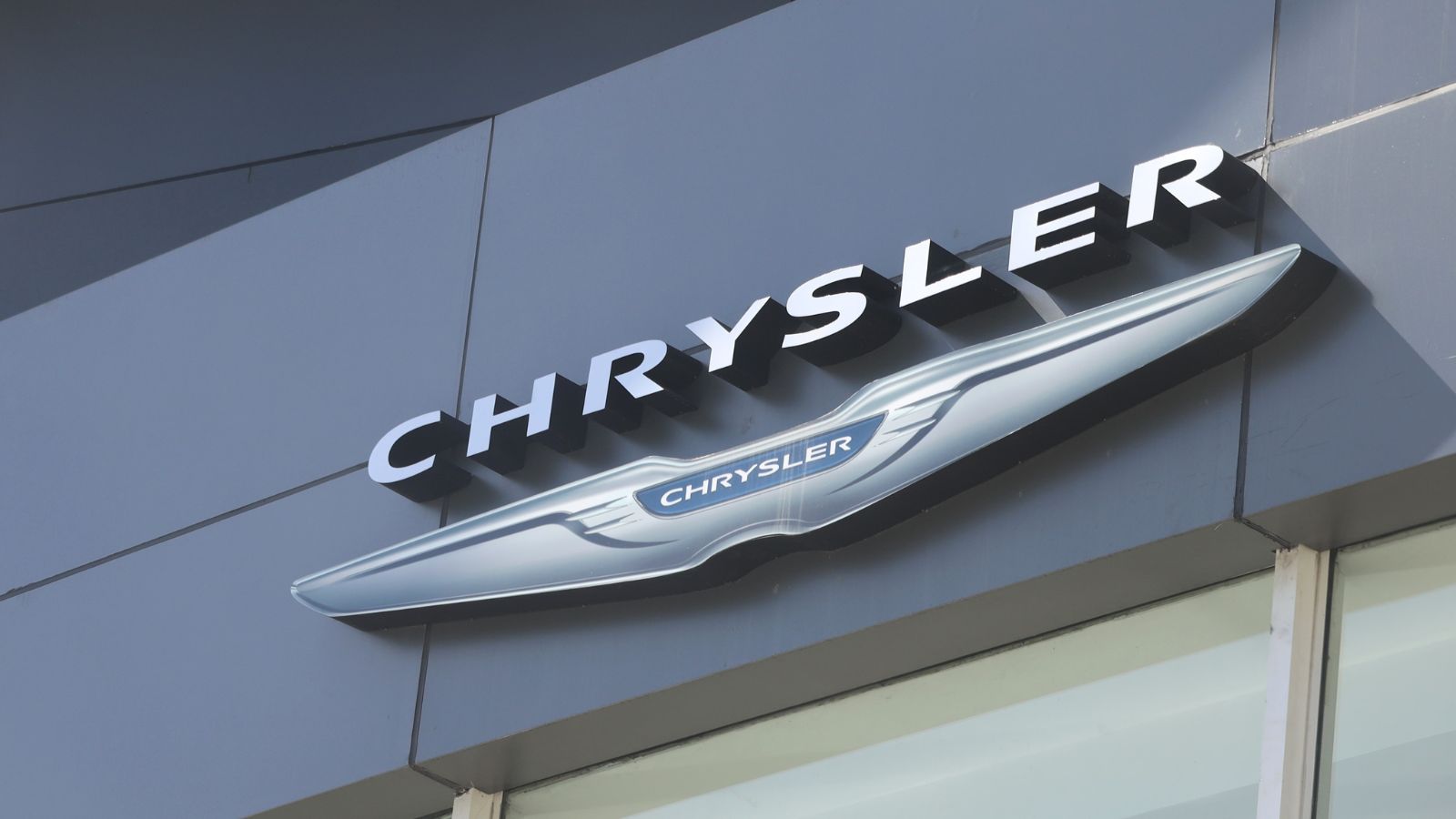
Chrysler is a brand that once carried huge weight in the American auto market, yet today it is reduced to a single minivan and an aging sedan. While its parent company Stellantis is investing heavily in electrification, Chrysler itself feels like an afterthought. There are plans for a future electric crossover, but the timeline keeps shifting, and in the meantime the brand has almost no visibility in showrooms. For buyers looking at EVs in 2025, Chrysler does not even come up in the conversation. Unless Stellantis decides to fully reinvent Chrysler as a fresh EV focused brand, its slow pace may result in it being quietly phased out.
Dodge
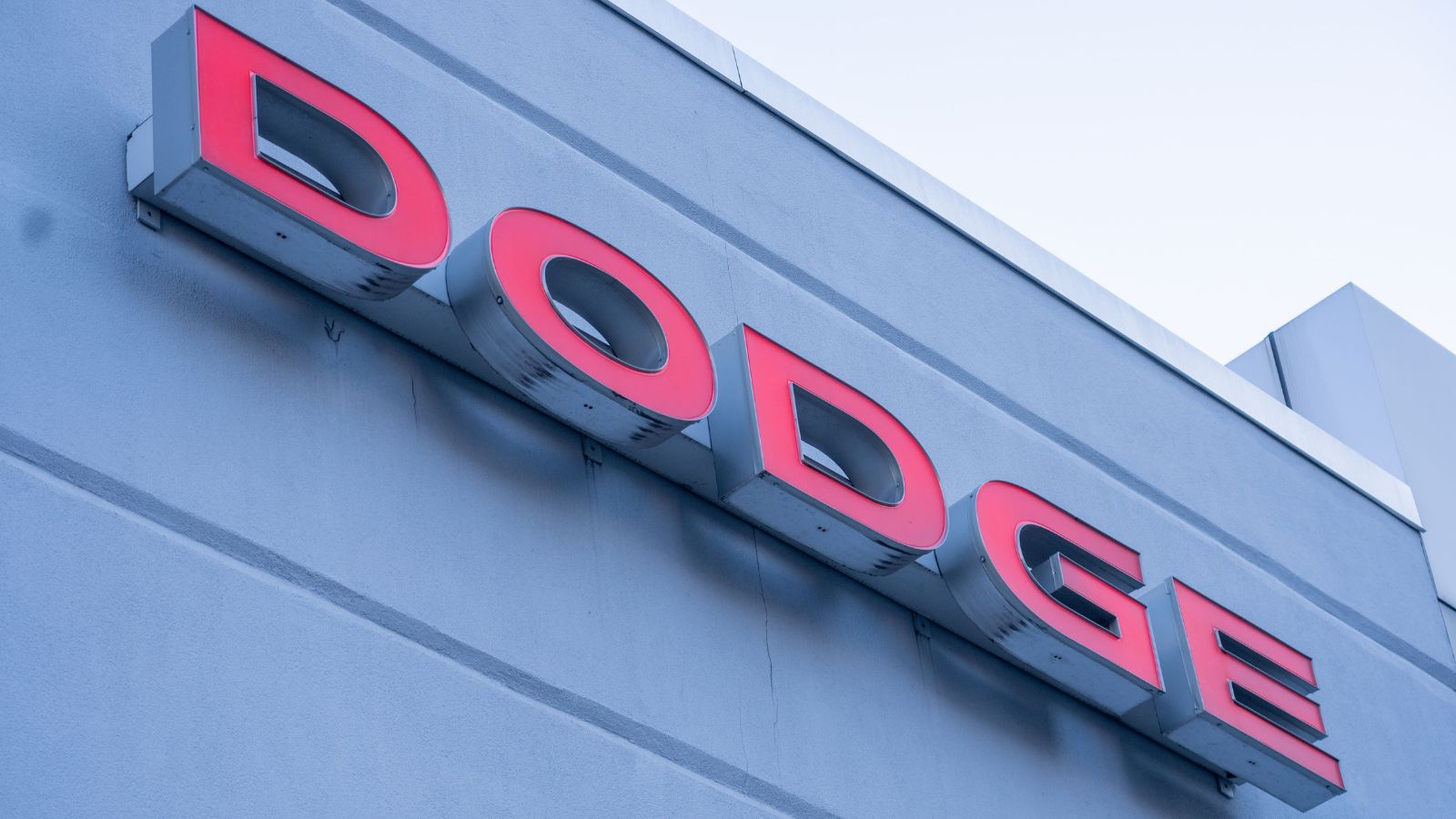
Dodge has built its identity around raw horsepower and big displacement V8 engines. Models like the Charger and Challenger became cultural icons, but those very strengths have turned into liabilities in an era of emissions regulations and electrification. Dodge has teased an electric muscle car concept, promising to keep the brand’s aggressive character alive with battery power. Yet without a full EV lineup available now, Dodge is caught in a dangerous transition. Loyal enthusiasts love the sound and feel of HEMI engines, but those engines are vanishing from the lineup. If Dodge cannot convince its core fans to embrace electric muscle, its sales could slide rapidly.
Jaguar
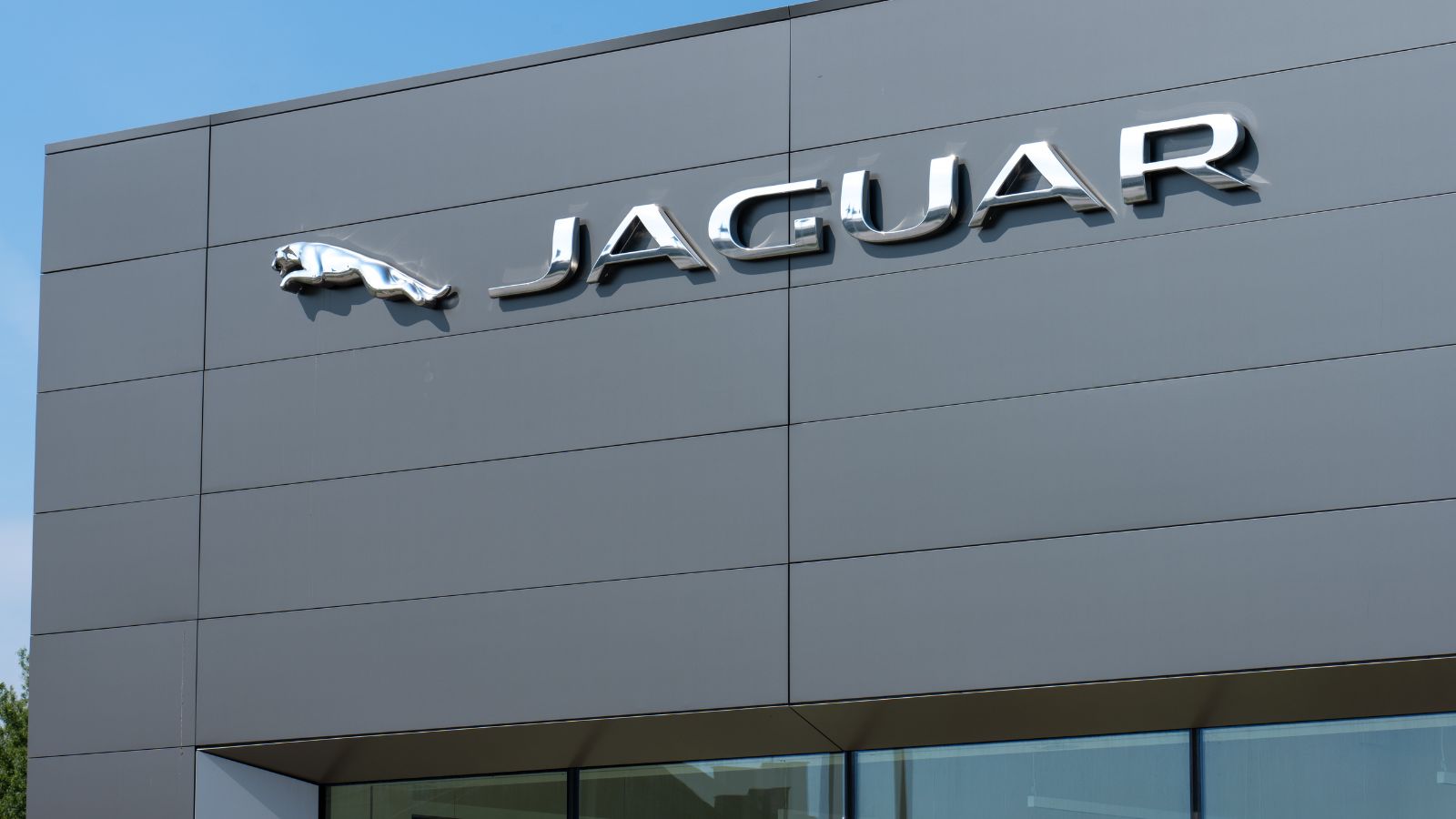
Jaguar took a bold step years ago by launching the I-Pace, one of the first electric luxury crossovers. Initially it was praised, but sales have struggled as Tesla, BMW, Mercedes, and Audi expanded their electric ranges with more competitive models. Jaguar has promised to become a fully electric brand by 2025, an ambitious and risky goal given its limited lineup and financial pressures. Its dealer network is shrinking, and younger buyers often see Jaguar as a brand of the past rather than a leader of the future. Without new EVs that are both aspirational and affordable, Jaguar’s leap into electrification could become a free fall.
Mitsubishi
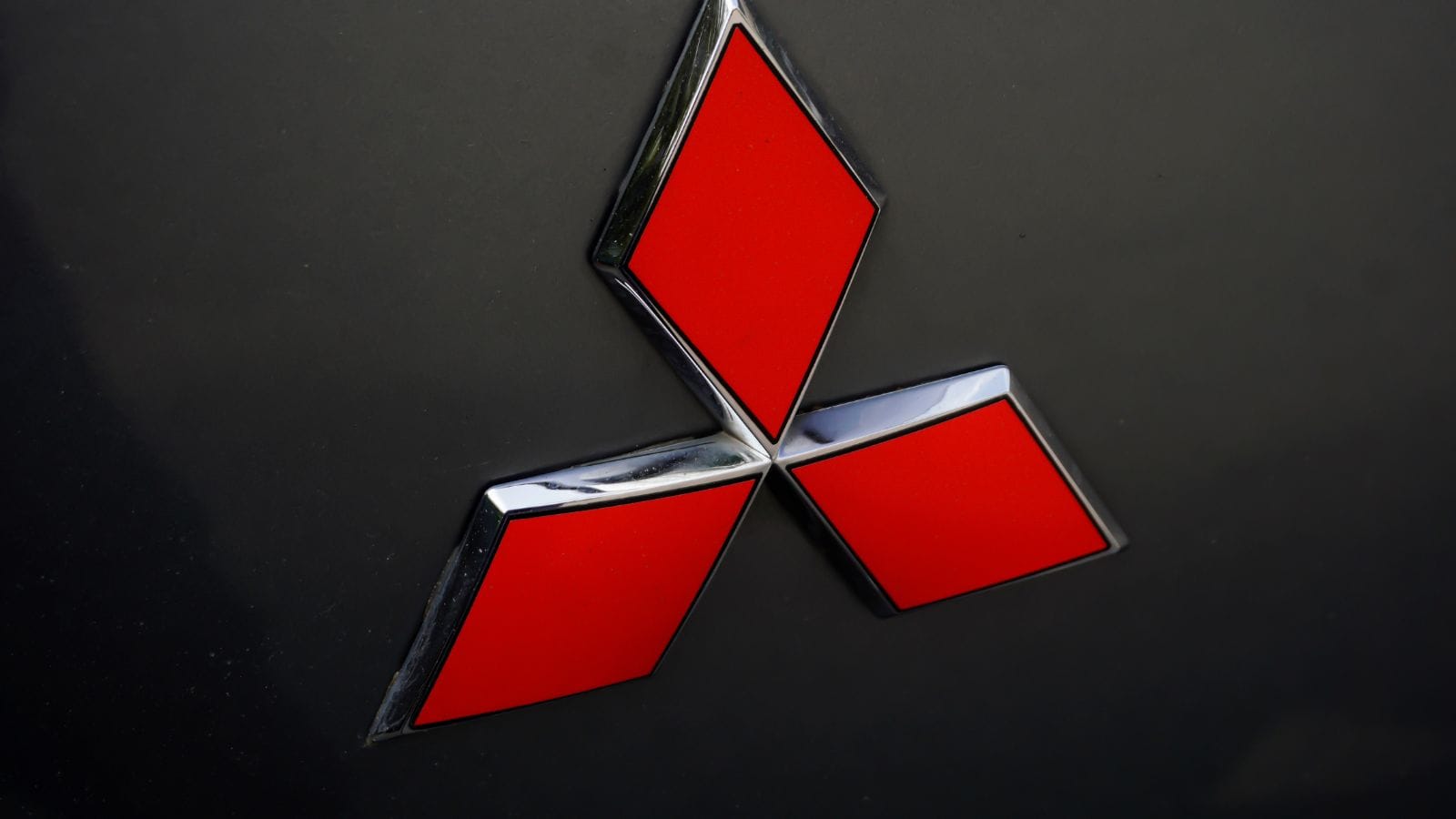
Mitsubishi’s presence in North America has been fading for years, and its global influence has shrunk. While the Outlander plug-in hybrid has been one of its few bright spots, Mitsubishi lacks the resources of larger competitors to scale its EV efforts quickly. The company has hinted at new battery powered models, but timelines keep slipping, and rivals are already filling showrooms with EVs that capture attention. Without a major partner to push technology forward, Mitsubishi risks becoming irrelevant in an EV dominated market.
Infiniti
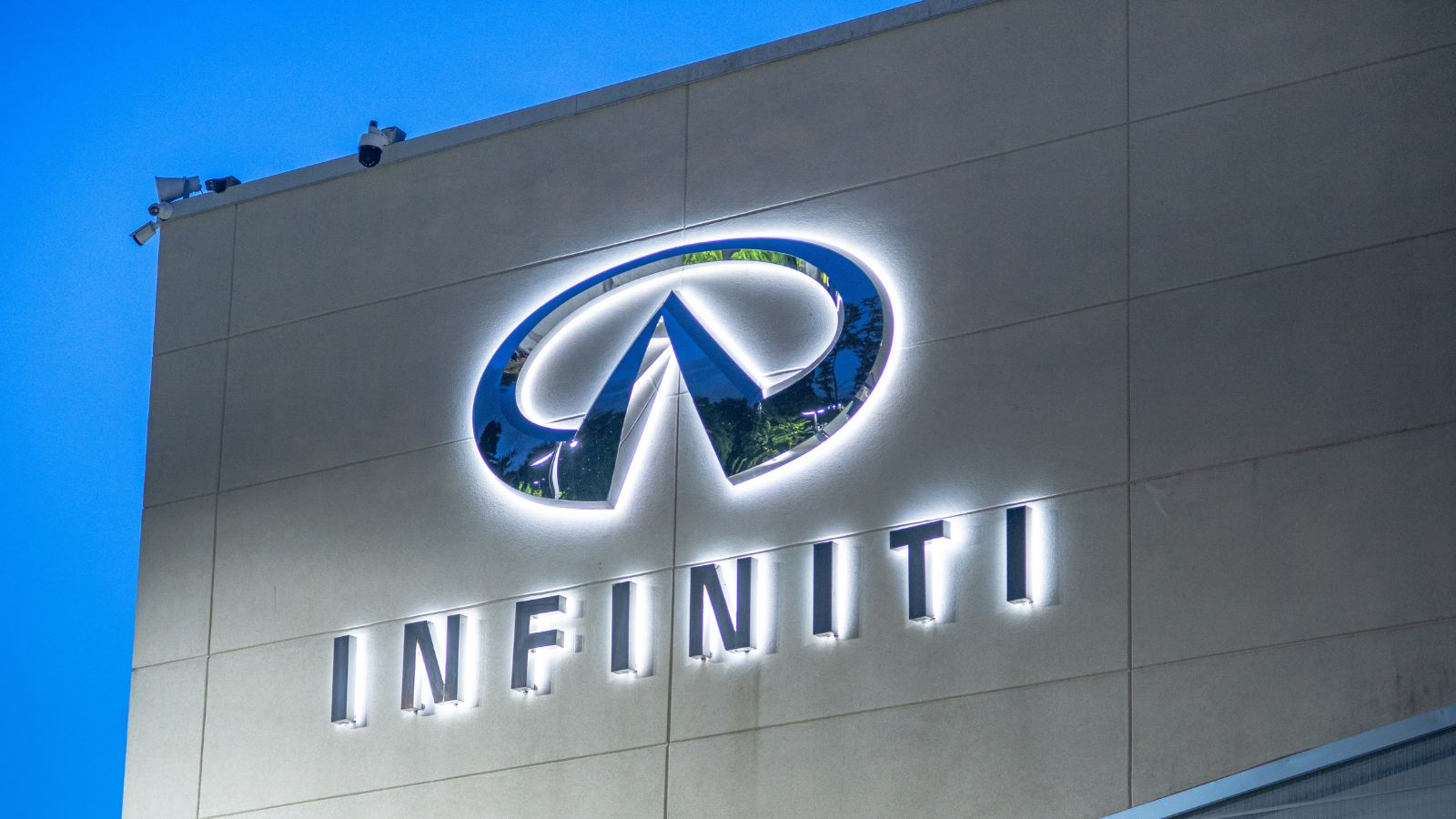
Infiniti was once pitched as Nissan’s luxury answer to Lexus, but in recent years it has struggled with outdated designs and a lack of direction. While Nissan has established credibility in electrification with the Leaf and more recently the Ariya, Infiniti has not followed suit. Its lineup is still dominated by traditional gas engines, and the absence of a compelling electric offering makes it look stale compared to luxury brands that already have multiple EVs on sale. Unless Infiniti can quickly borrow from Nissan’s EV development and reposition itself, it could be left stranded in a shrinking luxury niche.
Maserati
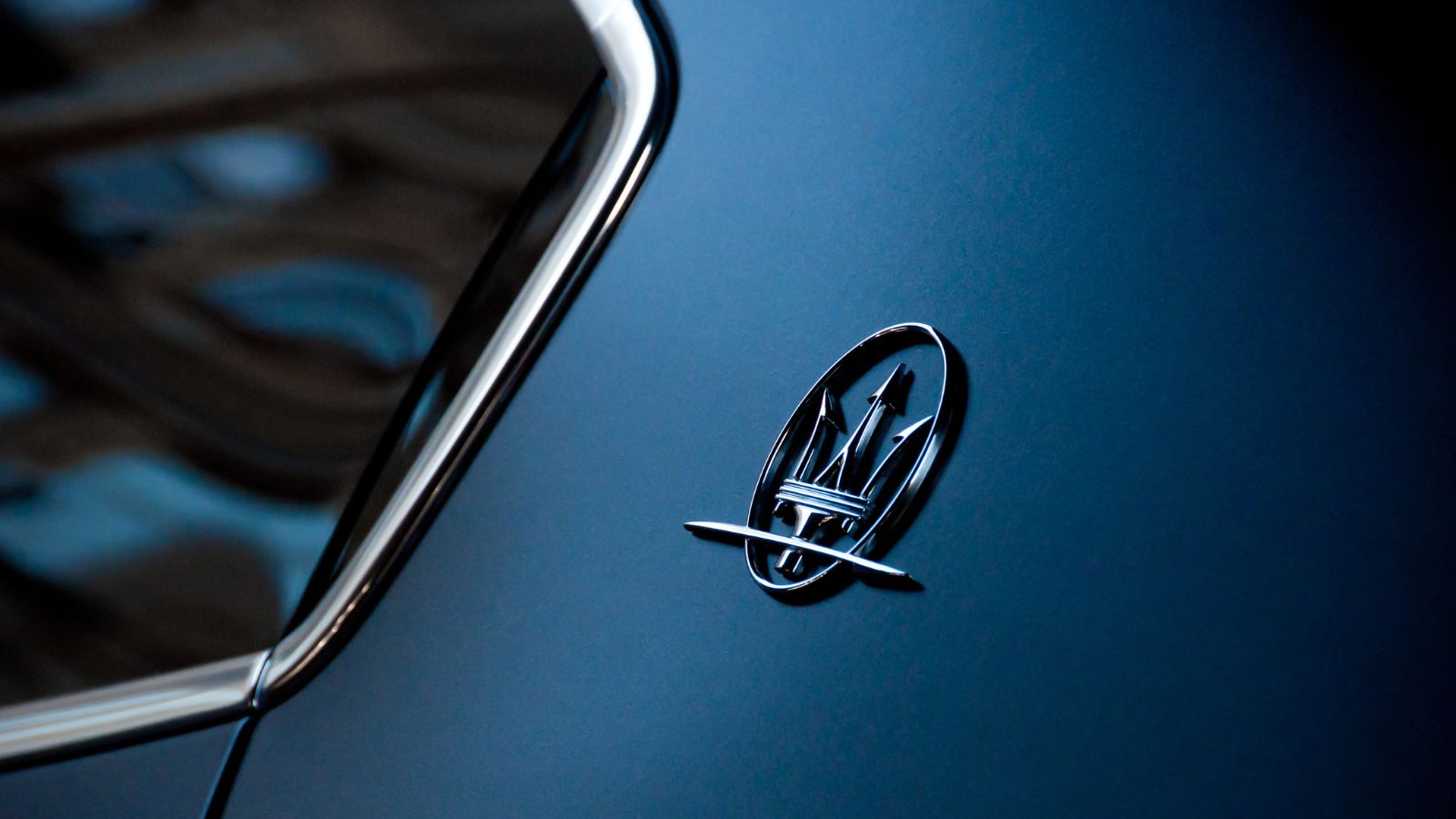
Maserati thrives on style, exclusivity, and performance, but those qualities alone are not enough to compete in today’s market. The brand has promised a new generation of electric sports cars and crossovers, but delays and limited production capacity have slowed progress. Luxury buyers expect cutting edge technology alongside style, and brands like Porsche and Audi are pulling ahead in that race. Maserati’s small size means it cannot afford mistakes. If its new electric models do not land with strong demand, it risks losing its already fragile footing in the luxury space.
Buick
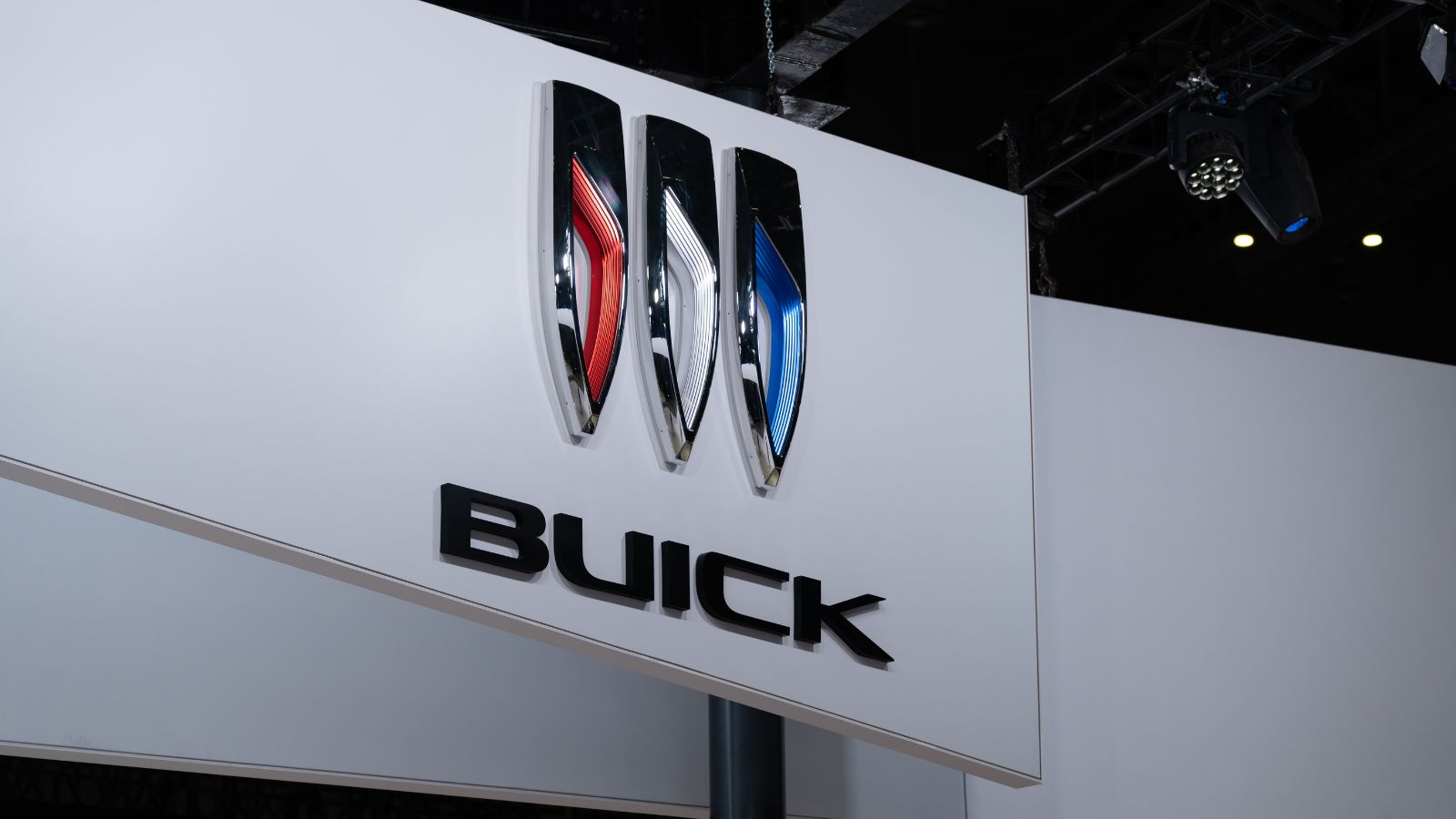
Buick remains one of General Motors’ legacy brands, but it has long struggled with its identity. In North America it appeals mostly to older buyers, while in China it has been more successful. GM has announced an all electric future, but Buick’s role in that strategy is unclear. The brand has shown concepts and teased EV crossovers, but without a strong lineup ready now, Buick risks fading in the minds of consumers who are looking for modern and tech focused vehicles. Its reliance on an older customer base is particularly dangerous, because younger buyers interested in EVs often do not even consider Buick an option.
Mazda
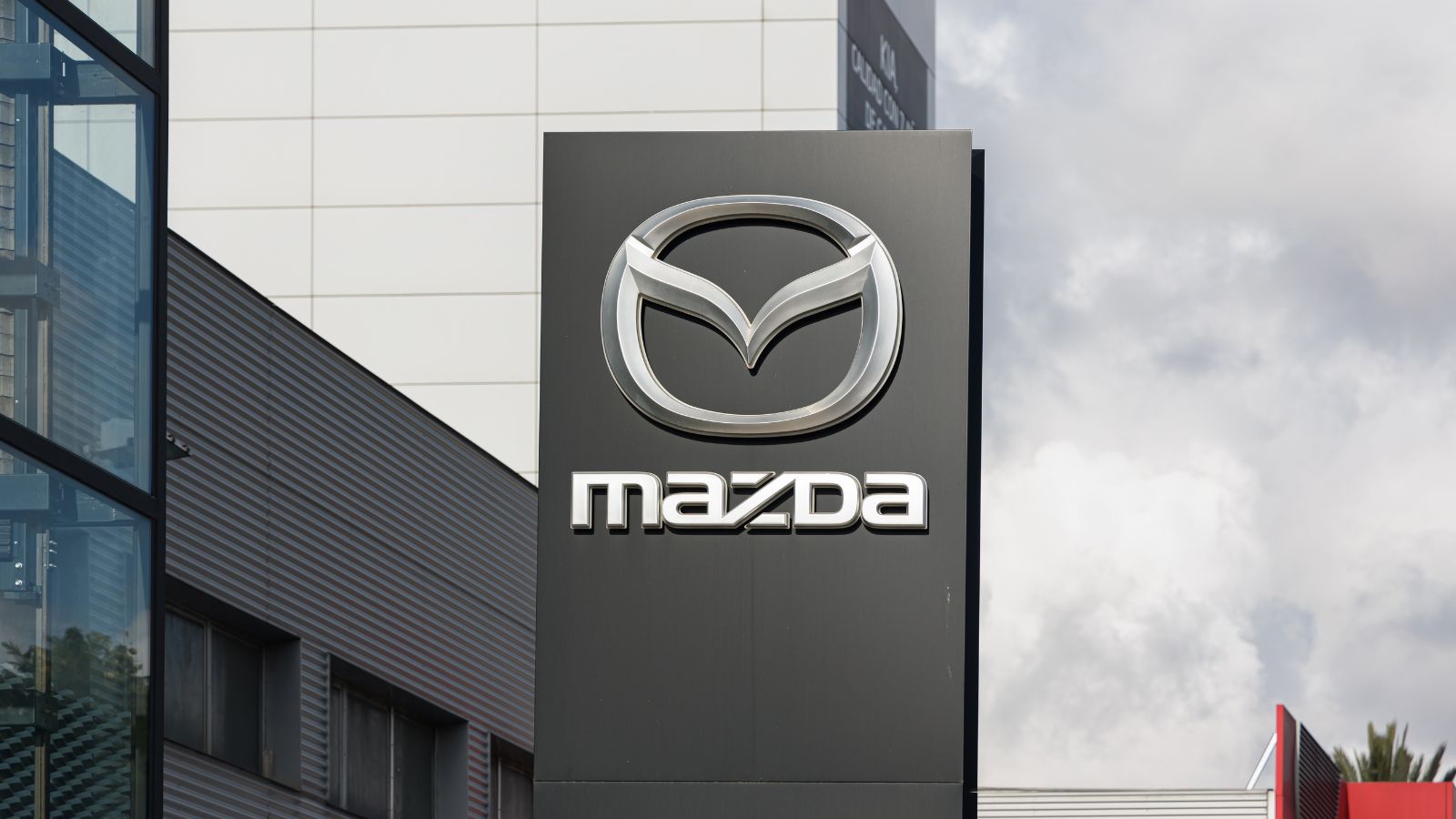
Mazda is admired for its fun to drive cars and sleek design, but it has struggled with electrification. Its first EV, the MX-30, was poorly received for its limited range and high price, and it did little to establish credibility in the electric market. Mazda has announced plans to expand EV production, but the company lacks the financial muscle of global giants to compete on scale. While Mazda excels in engineering passion, it risks being left behind if it cannot offer EVs that compete in both price and performance.
Lincoln
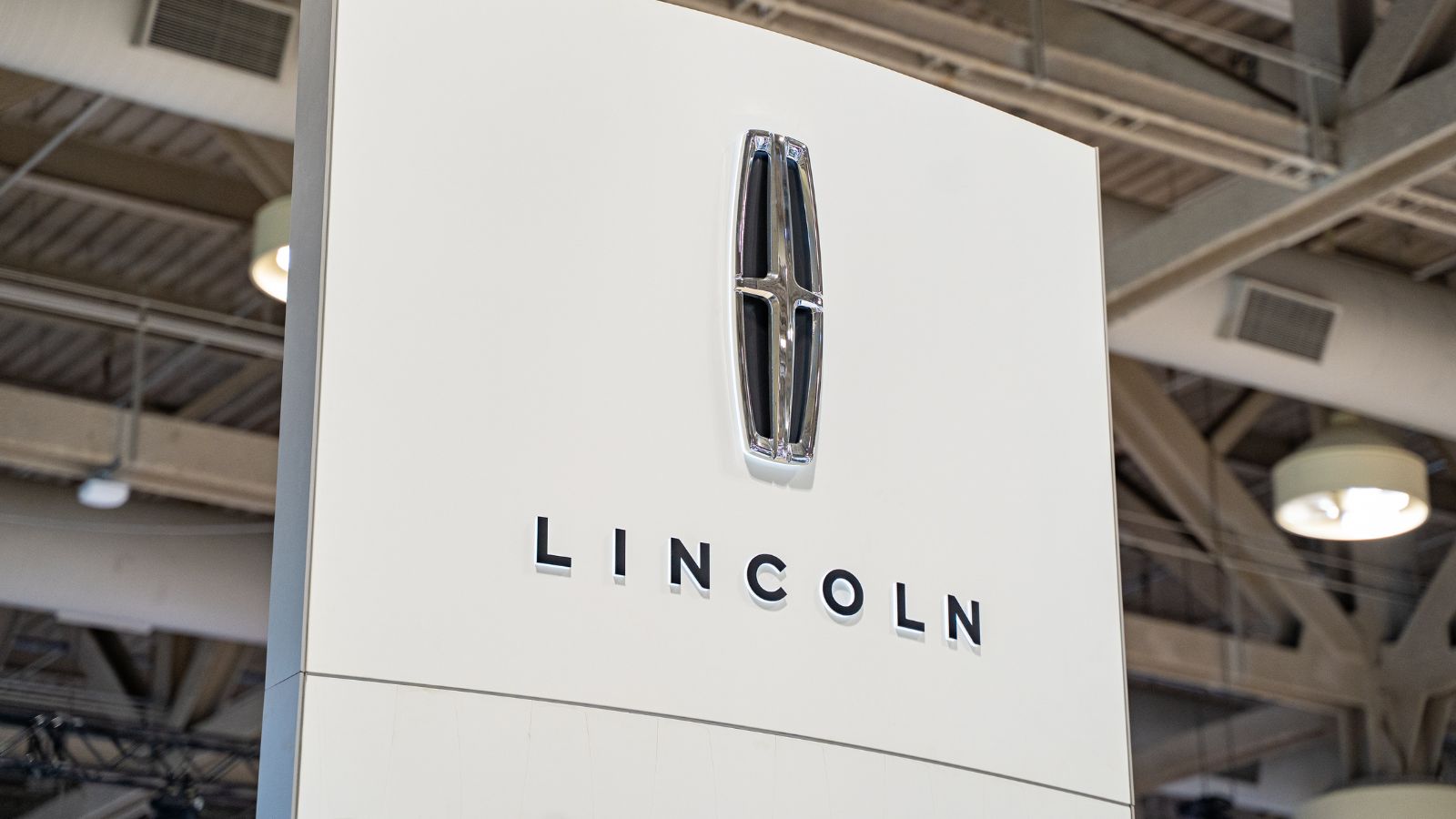
Ford has aggressively embraced electrification with the Mustang Mach-E and the F-150 Lightning, both of which are sales successes. Yet Lincoln, its luxury arm, has not kept pace. The brand continues to rely heavily on traditional SUVs with gas engines, and its EV strategy feels vague compared to luxury rivals. Cadillac, for instance, is rolling out striking electric models like the Lyriq, while Lincoln has little to show. If it cannot bring compelling EVs to market soon, Lincoln risks falling further behind in the luxury segment where EV leadership is becoming a must.
Acura
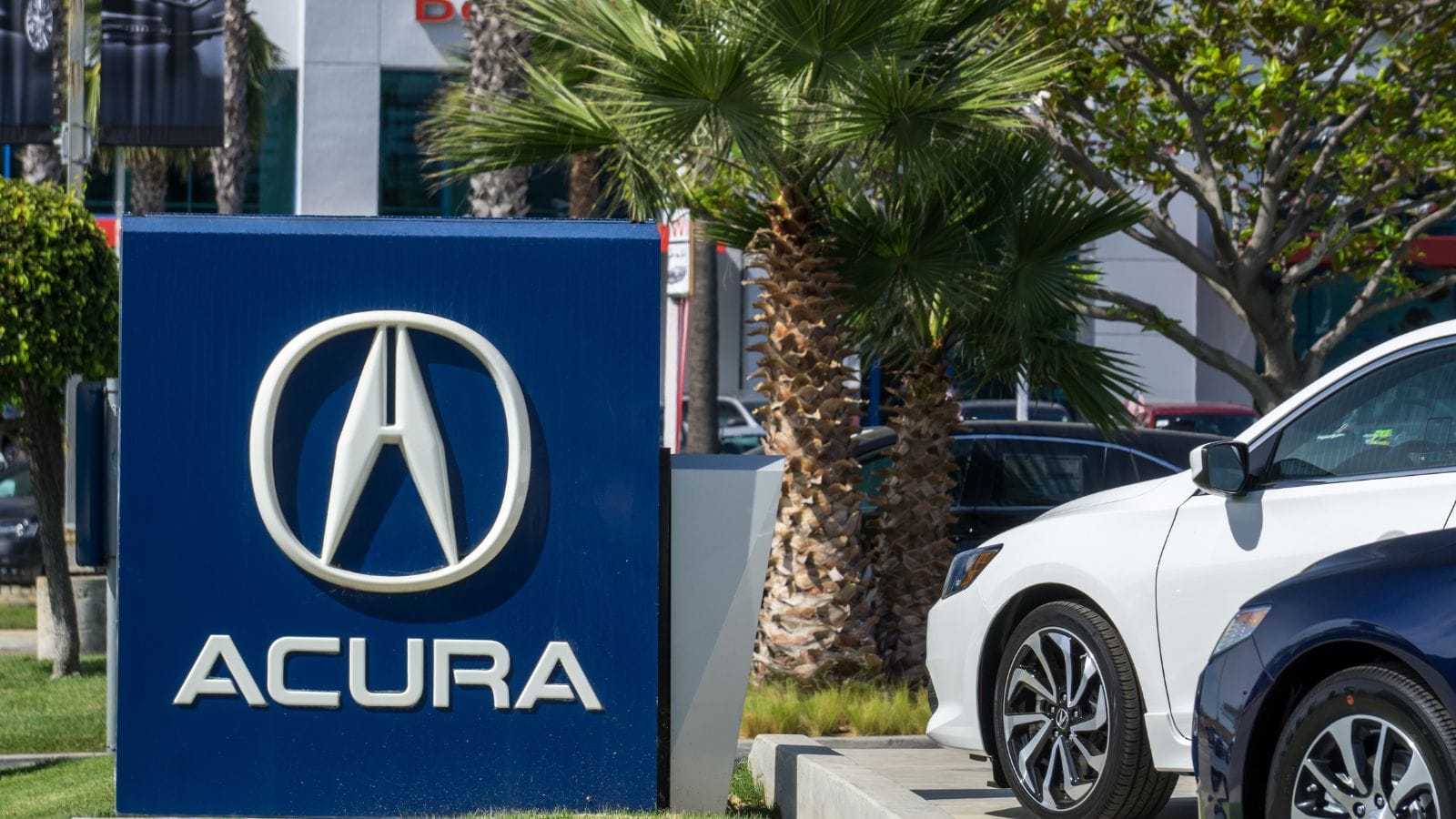
Honda has big plans for electrification, including partnerships with General Motors and a commitment to new EV platforms. However, Acura, its premium brand, has not yet made a major impact. Its lineup is still rooted in gasoline, and younger buyers who associate premium with innovation often turn instead to Tesla, BMW, or Mercedes. Without a strong EV presence, Acura risks losing relevance in a market where prestige is increasingly tied to electric technology rather than horsepower alone.
Keeping Up With Technology
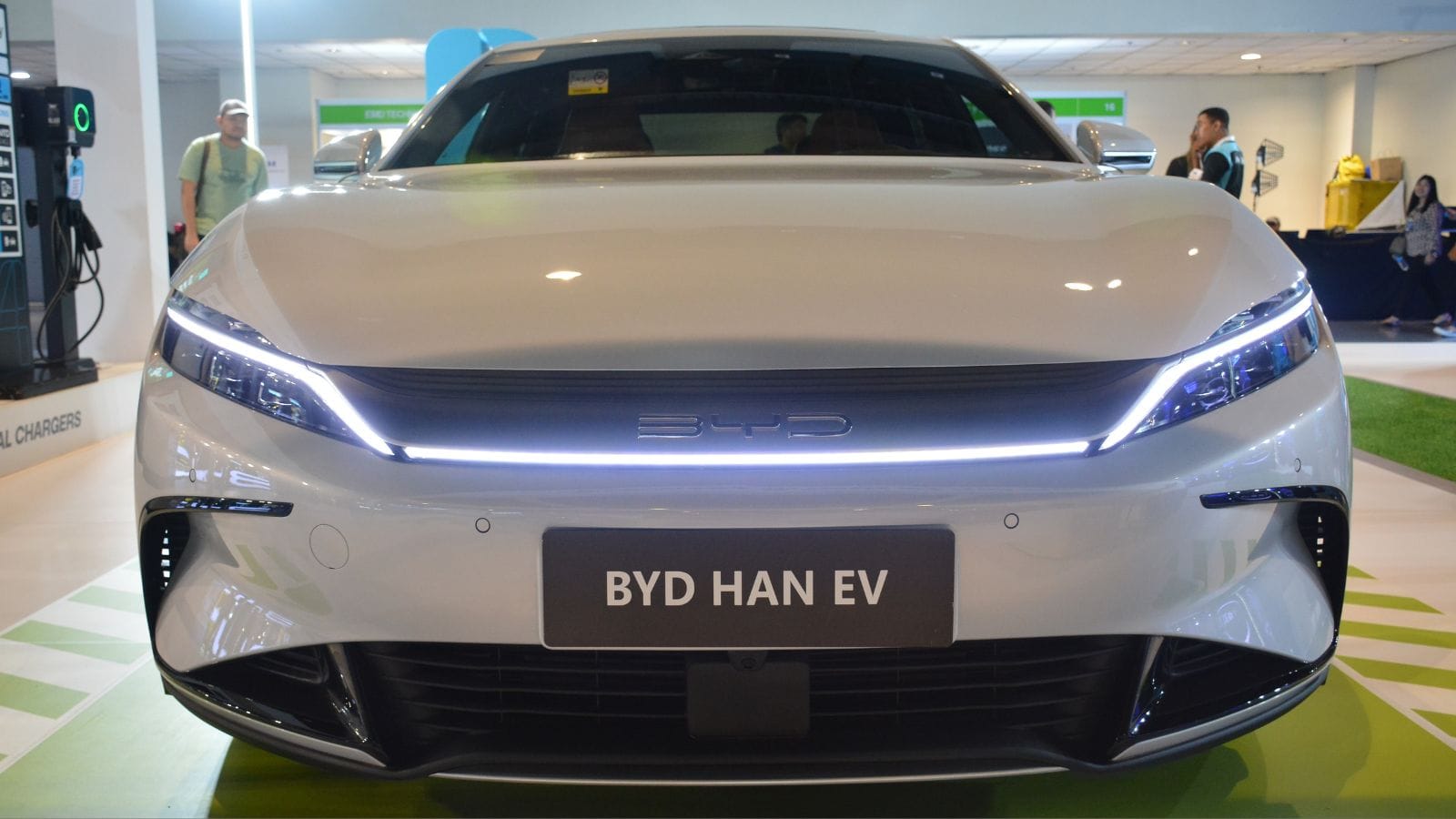
The EV revolution is not waiting for anyone. Brands that cannot move quickly enough will find themselves shrinking as buyers turn to competitors who offer modern, compelling electric choices. For Chrysler, Dodge, Jaguar, Mitsubishi, Infiniti, Maserati, Buick, Mazda, Lincoln, and Acura, the next few years are critical. Each faces different challenges, but the threat is the same. In a future where electric is the expectation, hesitation and slow adaptation could mean extinction. For these struggling brands, survival will depend on whether they can reinvent themselves fast enough to stay in the race.
25 Facts About Car Loans That Most Drivers Don’t Realize

Car loans are one of the most common ways people fund car purchases. Like any other kind of loan, car loans can have certain features that can be regarded as an advantage or a disadvantage to the borrower. Understanding all essential facts about car loans and how they work to ensure that you get the best deal for your financial situation is essential. Here are 25 shocking facts about car loans that most drivers don’t realize:
25 Facts About Car Loans That Most Drivers Don’t Realize
